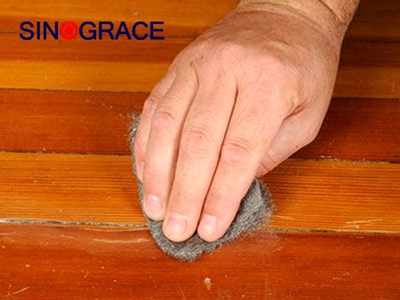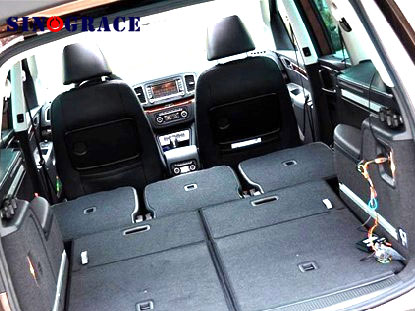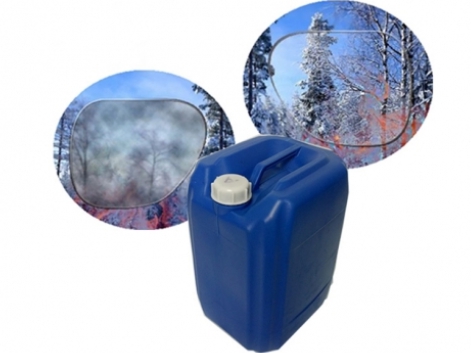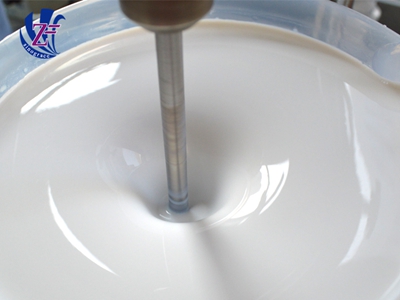Choosing of adhesive type
Choosing of adhesive 1.Principles of adhesive selection Consider the type, nature and hardness of the bonding material Consider the shape, structure and process conditions of the bonding material Consider the load and form (tensile force, shear force, peel force, etc.) borne by the bonding part; consider the special requirements of materials such as high temperature and low temperature resistance. 2.Properties of bonding materials Metal: the oxide film on the metal surface is easily bonded after surface treatment; Because the two phase linear expansion coefficient of adhesive bonding metal is too different, the adhesive layer is easy to produce internal stress; In addition, the metal bonding part is prone to electrochemical corrosion due to water action rubber: the greater the polarity of rubber, the better the bonding effect. Nitrile neoprene rubber has great polarity and great bonding strength. Natural rubber, silicone rubber and isobutyl rubber have little polarity and weak adhesion. In addition, the rubber surface often has a release agent or other free out of the auxiliaries, hindering the bonding effect. Wood: porous material, easy to absorb moisture, resulting in size changes, which may result in stress concentration. In addition, polished materials bond better than rough wood. plastic: plastic with large polarity has good bonding performance. Glass: The surface of glass is composed of numerous evenly uneven parts from the microscopic point of view. Use wettability adhesive to prevent the possible bubbles in the concave and convex.In addition, the glass is si-O - as the main structure, its surface layer is easy to absorb water. Because of the strong polarity of glass, polar adhesive is easy to hydrogen bond with the surface, forming a firm bond. Glass is brittle and transparent, take these into account when choosing adhesives. 3.the characteristics and selection of adhesives Connect various materials with different elastic moduli and thickness, especially thin materials The bonding surface is smooth and the aerodynamics is good; Good sealing performance, good corrosion performance; Prolong the service life and reduce the weight of adhesive joints Low labor intensity, low cost, high production efficiency non-conductive adhesive heat resistant seismic insulation. Our company is specialized in the production of water-based glue manufacturers, welcome to email consulting sales staff
read more

 English
English français
français русский
русский español
español العربية
العربية








